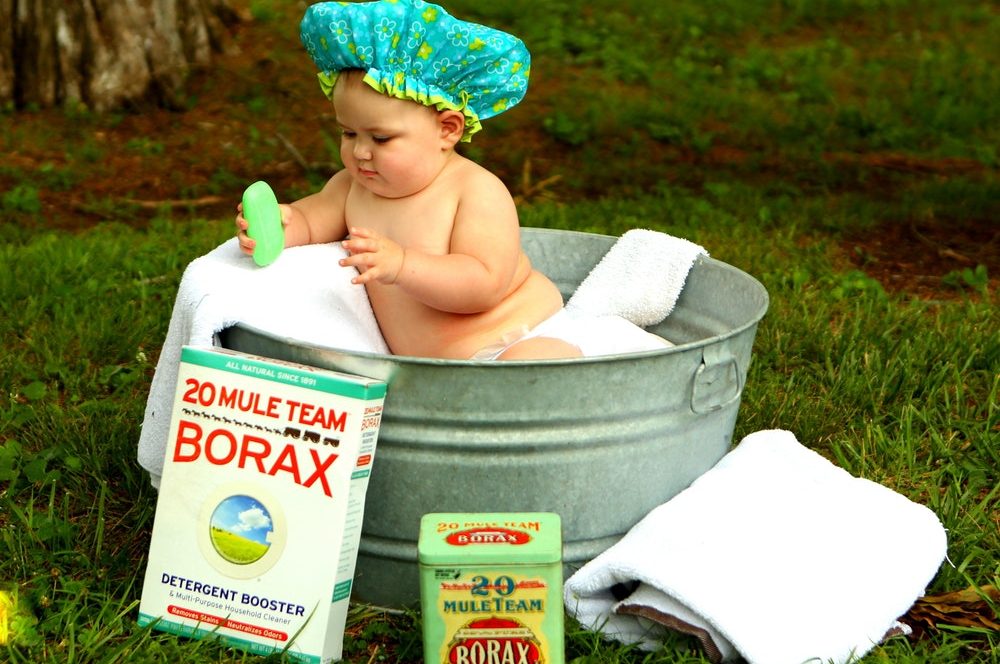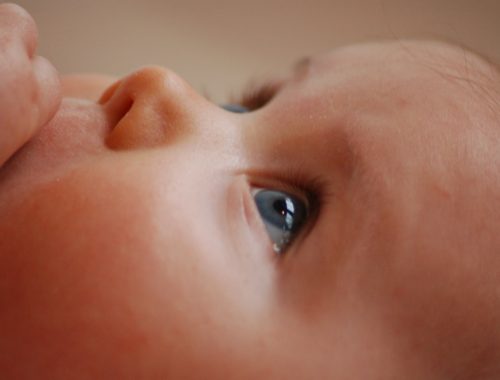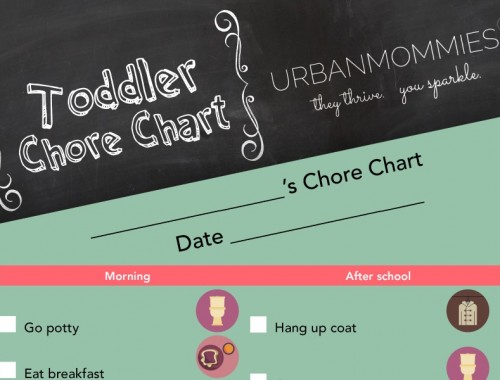One of the chief joys of being a new mom is giving your baby a bath. There’s something delicious about a slippery, soapy newborn, and there is nothing better than the smell the top of a freshly-bathed baby’s head. However, bathing your babe for the first time at home, away from the experienced hands and eyes of nurses, can be nerve-wracking for inexperienced mothers. Here are some helpful hints on how to give your newborn baby a bath
Sponge Bathing.
For the first couple of weeks a sponge or washcloth bath should suffice, and it’s best to wait until the umbilical cord drops off before submerging the baby in a tub. This will give you much-needed time to get used to handling your baby, and for him or her to get used to being exposed to water by degrees. Sponge-bathing is simple, but should be done by degrees, to keep the baby from getting a chill, even when it’s warm out.
- Gather everything you will need first. Never mind that you shouldn’t leave the baby unattended, because that’s a given—it’s truly annoying and hard on a woman who’s just given birth to lug themselves up and around for silly reasons! Save your strength: prepare! Always have your warm water, clean diaper and outfit, towels, soap, a sponge or washcloth, cotton balls, baby lotion, and powder or diaper cream right at hand before undressing the baby.
- Do this in a warm, draft-free spot. On the floor is fine, but spread out a nice, soft towel first.
- Undress the baby and wrap her loosely in a towel. It might be best to leave the diaper on until the last moment to prevent…surprises.
- Moving downward from the crown of her head, use a sponge or soft washcloth dipped into the warm water to moisten, wash and wipe clean one part at a time. You don’t have to use much soap, if any at all, and only use newborn liquid soaps.
- Uncover each part as needed, then cover it up again when moving on to the next part.
- Use a cotton ball dipped in water only to clean around baby’s eyes, nose and mouth, as well as around the umbilical stump.
- Once she’s clean from head to toe, spend some time massaging baby lotion into her skin. Make sure to only use hypo-allergenic products approved for newborns, since their skin is delicate. It is extremely lovely and relaxing, for both mom and baby, and will help you bond even more, as you help her relax and enjoy the feeling of your touch.
- As an extra touch, if it’s a warm day, let her lie on the towel for a few minutes after she’s completely dry, uncovered except for her diaper, or even in nothing but her birthday suit if you’re willing to take the risk. Some babies love the freedom of moving their limbs in the open air, while others dislike it. Exposing them to the air periodically will get them used to it.
Tub Bathing
Once the baby’s umbilical cord has fallen off, it’s bath time in earnest. This technique is very similar to sponge bathing, but much wetter and more fun.
- Be prepared. See above.
- The best place to bathe a baby for the first few months is in the kitchen or bathroom sink with a baby tub. If you had a C-section or an episiotomy, or just have a bad back in general, hunching over the edge of a bathtub on your knees can be difficult and puts prolonged pressure on certain areas. Bathing a newborn requires more control than this scenario provides. It’s better to wait until your baby can sit on his own before moving to the big tub, even with a baby tub set inside it.
- The water should be comfortably warm, nothing extreme. Test the temperature by dipping your elbow into the water, or by submerging your wrist in it. The sensitive skin in these places will tell you if it’s ok. If it feels too hot, it is, so add some cool water until it’s just right.
- Just like in sponge bathing, try to not expose the baby completely unless it is very warm out and it’s not drafty. Simply lay a clean washcloth over his tummy. This will also keep you from getting sprinkled on by boy babies!
- Newborn tubs generally have an incline with grip pads to help assist wobbly-necked babies sit up during the bath. The water should come up to about midway on his tummy or a bit more, and should never go higher than his chest, to reduce chances of him slipping down and under the water.
- Always keep one hand on the baby at all times, if you have to turn away to pick something up.
- Use the washcloth or sponge in the same way you did for sponge baths. Don’t pour soap directly into the water, because changing water mid-bath is a pain. Keep an extra bowl or pail of warm water to the side and a cup to dip dirty water out and clean water into the bathtub as needed.
- Many newborns find being put into water to be very distressing at first, and they’ll let you know. Loudly. Don’t splash the water into their eyes, but take their hands and feet and help them to splash a bit, to learn that bath time is fun time. If they refuse to cooperate, wrap the session up as fast as possible, and try again the next day!
A clean baby is a happy one. Bathing your baby not only keeps them clean and sweet-smelling, it also provides you with bonding time and can help stave off skin issues such as cradle cap. A proper newborn bath is a joy for mom, and eventually will be for baby!



